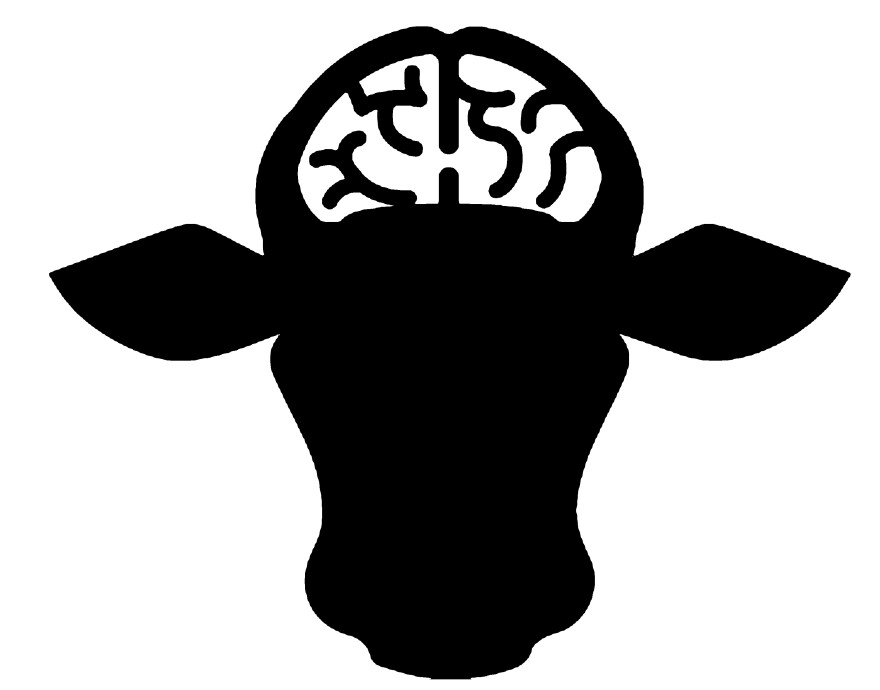The farmers whose cows supply much of the milk consumed in Wisconsin, or used in products like cheese and yogurt, are having a tough time.
Eight percent, or nearly 700, of the state's dairy farmers left the business last year for economic reasons. A few thousand more farmers got out over the previous five years. Those still at it say being creative is one of the things they have to do to keep going.
There are still about 7,000 milk-cow herds in Wisconsin, many owned by people who say they have no intention of shutting down. Luke Lisowe farms near Malone, in eastern Fond Du Lac County.
"You make it work. Might not be easy, but yeah, it's a time thing. Put a lot of time into it," Lisowe says.
Lisowe and his parents own about 800 cows. He says the farm is constantly looking to cut costs. One low-tech way is better management of each cow's stall, so a less expensive cow sanitizer known as a teat dip has to be used before and after milking.

"If you have a cleaner stall, there should be less of a bacteria or less chance of infection. But it takes more time to bed. You have a lot of stalls to bed and everything takes time, and that's not the only thing you're doing throughout the day," Lisowe says.
He is among hundreds of farmers who were in Madison this week for the annual business conference of the Professional Dairy Producers of Wisconsin.
Also standing among the displays of farm equipment and supplies was Laura Daniels, who farms near Dodgeville. Her innovation is quite advanced. Daniels says it involves a change in breeding to determine which cows will have a heifer (a female that hasn't had a calf).
"We choose based on the cows that are really successful at our operation. We are looking for high components. That means the butter-fat and protein in the milk — we're selecting cows that make really good cheese, basically," Daniels says.

Daniels says choosing, as she calls it, "The mothers of the next generation of cows," is also based on which animals are better at grazing on their own.
Other Wisconsin farmers are buying machines. Specifically, a robotic milker, where a cow walks into a machine that does the milking.
Dairy farmer Peter Winch of Fennimore says last year, he bought four of the units to milk his 240 cows. Each robotic milker can cost tens of thousands of dollars. But Winch says the machines give his family a break from milking so often, or having to pay workers — and the cows don't mind the change.
"The cows just do it. It's as simple as that. I mean, if you were to watch, they just know. They're on their own schedule, and sometimes human interaction seems to detract them from what they need to be doing," Winch says, adding that he is also trying other features to improve cow comfort, and hopefully boost milk production.

Nigel Cook has studied the use of robotic milkers in his role as a professor in the UW-Madison School of Veterinary Medicine. He says the robots have been around for three decades — with more popularity in Europe.
"We've been slow to adopt robotics, because we've had a relatively cheap supply of labor. They've struggled more with that in Europe. Hence, earlier adoption of that technology. But right now, that's changing," Cook says.
He says he works to make sure Wisconsin dairy farmers make the most efficient use of robotic milkers because U.S. milk production targets per cow are usually higher than in Europe.
Other Wisconsin dairy scientists are trying to help farmers bring together the various types of data available on their cows, feed and other factors. UW-Madison professor Victor Cabrera leads a project called Dairy Brain.

"If you have all the different data that are now separated in different computers, different software, on the farm. If you put them all together, you are able to see a different picture of what's going on, on the farm, and project what could happen, if you make different decision," Cabrera says. His team hopes to have the online system ready later this year.
In the meantime, there are more traditional challenges for Wisconsin dairy farmers — things like international trade deals and changing consumer tastes for dairy products. A dairy industry consultant who was at this week's producers conference, David Kohl, also recommends just being a good businessperson.
"I think one of the things that's going to be real important, be the difference maker, is being the businessperson that has, what? A high business IQ," Kohl says.
Lest hundreds more farmers sell off their dairy cows this year.

Do you have a question about innovation in Wisconsin that you'd like WUWM's Chuck Quirmbach to explore? Submit it below.
_




